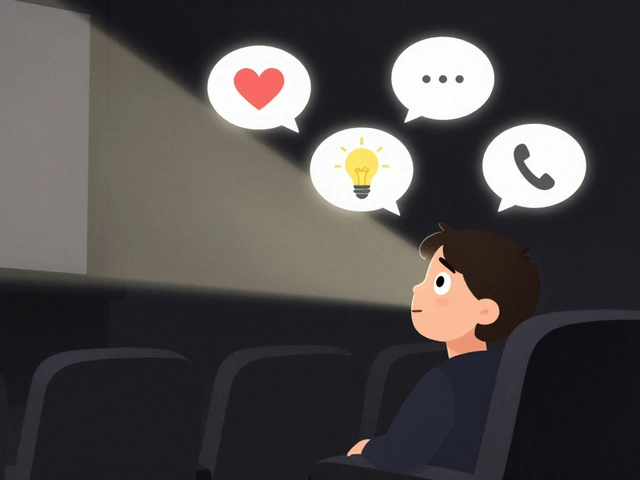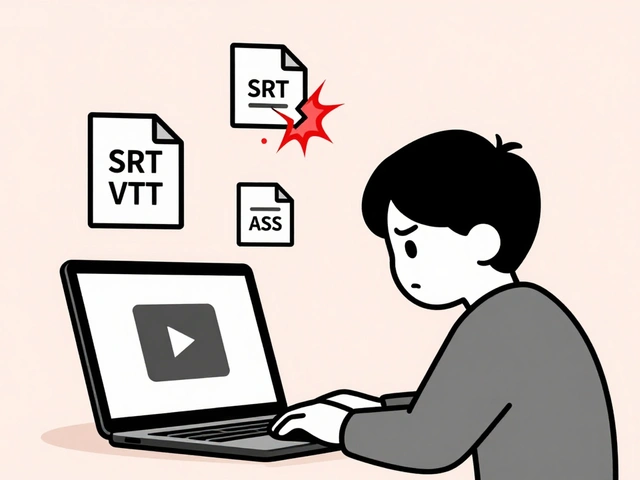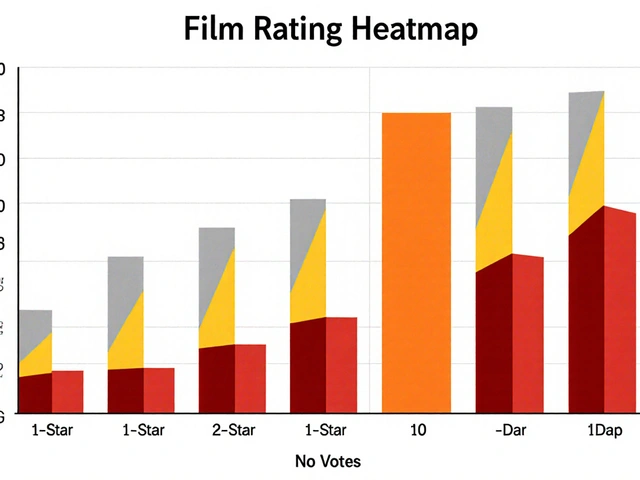Independent Cinema: Real Stories, Raw Talent, and the Films That Changed How We Watch
When you think of independent cinema, films made outside the major studio system, often with limited funding and full creative control. Also known as indie films, it's where filmmakers take risks that studios won't touch—stories about quiet grief, rural struggles, or strange dreams that don’t fit into a three-act marketing pitch. This isn’t about how much money was spent. It’s about what was said. Independent cinema gave us films like Rashomon, Akira Kurosawa’s groundbreaking 1950 film that shattered the idea of objective truth in storytelling, and later, 8½, Federico Fellini’s surreal look at creative burnout that blurred reality and imagination. These weren’t blockbusters. They were personal. And they changed how every filmmaker after them thought about storytelling.
Today, independent cinema isn’t just about film festivals like Fantastic Fest, a genre-bending event where underground horror and experimental films find their audience. It’s about how those same films end up on your phone, streaming in the middle of the night, because someone believed in them enough to release them digitally. You don’t need a million-dollar budget to make something unforgettable—just a clear vision and the guts to stick with it. That’s why you’ll find indie films winning awards at Sundance, then breaking box office records in limited release, like Demon Slayer: Infinity Castle, an anime film that proved global fandom can turn a niche passion project into a cinematic phenomenon. Even when studios ignore them, audiences don’t. They find these films. They talk about them. They watch them again.
What makes independent cinema powerful isn’t the lack of money—it’s the lack of compromise. No focus groups. No studio notes. Just a director, a camera, and a story that refused to be ignored. That’s why you’ll find posts here about how these films are made, how they get seen, and how they survive in a world built for franchises. From the tools used on micro-budget sets to the ways filmmakers use streaming platforms to reach viewers directly, this collection shows you the real engine behind the art. You’ll see how digital distribution changed everything, how film festivals still matter, and why some of the most moving stories you’ve ever seen were made with less than $10,000. This isn’t a history lesson. It’s a roadmap—for anyone who wants to make something real, and for anyone who wants to watch something that actually means something.
16
Darren Aronofsky Essay: The Filmmaker Who Started with Pi
Darren Aronofsky started with a $60,000 film called Pi and became one of indie cinema’s most daring voices. His obsession with madness, bodies, and meaning changed independent filmmaking forever.
Latest Posts
Popular Posts
-
 Paramount+ with Showtime vs. Peacock Premium vs. ESPN+: Which Sports Add-On Fits Your Viewing Habits?
Paramount+ with Showtime vs. Peacock Premium vs. ESPN+: Which Sports Add-On Fits Your Viewing Habits?
-
 Breakout Indies at the Box Office: How Word-of-Mouth Made These Films Blockbusters
Breakout Indies at the Box Office: How Word-of-Mouth Made These Films Blockbusters
-
 How to Cancel Paramount+: Step-by-Step Guide
How to Cancel Paramount+: Step-by-Step Guide
-
 App Layout Strategies: Organize Streaming Services by Genre and Use
App Layout Strategies: Organize Streaming Services by Genre and Use
-
 Why Subtitles Aren't Working: Fix Common Video Text Issues
Why Subtitles Aren't Working: Fix Common Video Text Issues



